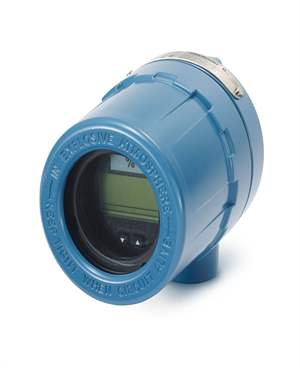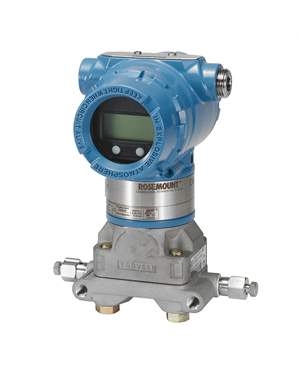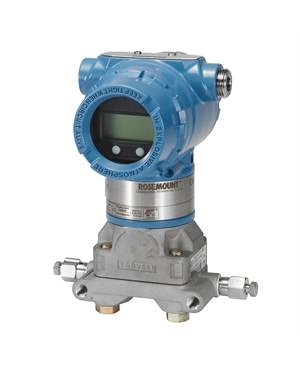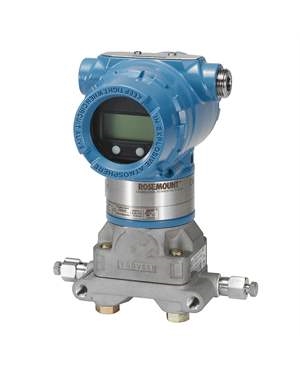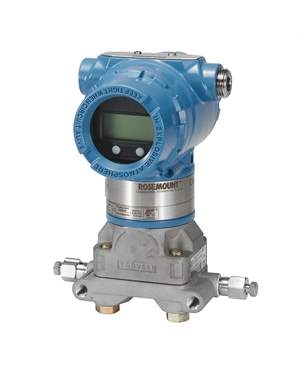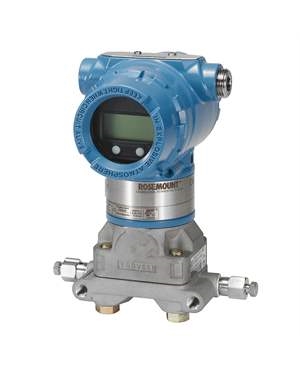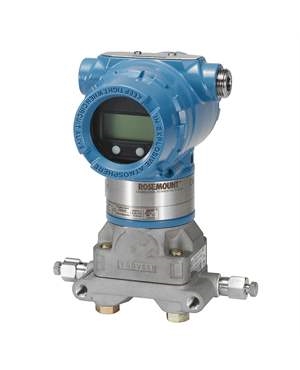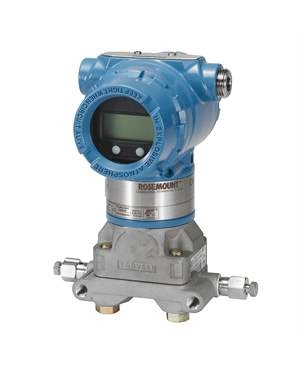Fluid Flow Isolation Techniques for Pressure Instrumentation
Brian Craig
April 28, 2023
Pressure instrumentation plays a crucial role in process industries by measuring and monitoring pressure in various applications such as pipelines, tanks, and vessels. It helps in ensuring the safe and efficient operation of the process by providing accurate and reliable pressure readings. However, accurate pressure measurement requires proper fluid flow isolation techniques to isolate the pressure sensor from the process fluid. The proper selection and maintenance of these techniques are critical to ensure accurate and reliable pressure measurement. In this blog, we will discuss the various types of fluid flow isolation techniques, their selection criteria, and installation and maintenance practices.
Types of Fluid Flow Isolation Techniques
Here are the types of fluid flow isolation techniques that are commonly used and available in the market.
A. Manifolds
- 2 Valve Manifold: This type of manifold is used to isolate the transmitter from the process fluid with two valves - one to isolate the process from the transmitter and the other to vent the transmitter to the atmosphere or to drain the fluid.
- 3 Valve Manifold: This type of manifold is used to isolate the transmitter from the process fluid with three valves - one to isolate the process from the transmitter, one to vent the transmitter to the atmosphere or to drain the fluid, and one to equalize the pressure between the transmitter and the process fluid.
- 5 Valve Manifold: This type of manifold is used to isolate, calibrate and vent the transmitter from the process fluid with five valves - two block valves to isolate the transmitter, two equalizing valves to equalize pressure between the transmitter and process fluid, and one vent valve to vent the transmitter to the atmosphere or to drain the fluid.
B. Diaphragm seals
- Remote Seals: This technique uses a diaphragm seal to separate the process fluid from the transmitter, providing a barrier to protect the transmitter from high-temperature and high-pressure applications.
c. Valves
- Control valves: Control valves are used to control the flow rate of a fluid in a pipeline or process. They work by adjusting the opening of the valve based on the signals received from a controller.
Factors to Consider when Selecting Fluid Flow Isolation Techniques
The right isolation technique must be chosen based on various factors that are specific to the process. Here are some key factors to consider when selecting fluid flow isolation techniques.
- Type of fluid and its properties: - The type of fluid being measured plays a significant role in determining the appropriate isolation technique. Different fluids have varying properties such as viscosity, density, and corrosiveness, which can affect the performance of the isolation method.
- Operating pressure and temperature: - The isolation method must be capable of withstanding the maximum operating pressure and temperature of the process without any degradation. High-pressure and high-temperature applications may require a different isolation technique than low-pressure and low-temperature applications.
- Flow rate and velocity: - The isolation method must be able to handle the maximum flow rate and velocity of the process without any significant pressure drop. An isolation method with a smaller orifice size may not be suitable for high flow rate applications as it can cause pressure drops and inaccuracies in pressure measurement.
- Process media characteristics and potential for contamination: - The process media is prone to solid particles or debris, an isolation method that includes a filter may be required. This will help to prevent the particles from reaching the pressure instrumentation and causing damage or inaccurate readings.
Installation techniques of Fluid Flow Isolation Techniques
- Positioning and orientation: The valve or manifold should be installed in a way that allows for easy access and operation. It should also be installed in a position that allows for proper drainage of any condensate or debris that may accumulate in the pipeline.
- Torque specifications: Each valve or manifold has specific torque specifications that must be followed during installation. Proper torque ensures that the valve or manifold is properly sealed and does not leak.
- Leakage testing: Leakage testing should be performed after installation to ensure that the valve or manifold is functioning properly. This involves pressurizing the system and checking for any leaks in the valve or manifold.
By selecting the right fluid flow isolation technique is crucial to ensure accurate and reliable pressure instrumentation in industrial processes. By considering factors such as the type of fluid, operating pressure and temperature, flow rate and velocity, process media characteristics, and cost and ease of installation, the right isolation technique can be chosen for any process. The Transmitter Shop (TTS) is a distributor of superior quality remanufactured transmitters and control valves originally sourced from reputed brands such as Fisher Vee-Ball, Rosemount and so on. The company specializes in remanufacturing, reconditioning, and calibration of devices.
Related Posts
- Causes & Solutions of Annoying Noise from Control Valves
- Understanding Industrial Control Valves and their Types
- All Important Questions on Control Valves Answered
- 3 Common Control Valve Maintenance Practices
- Know Everything About the Benefits, Applications, Types, and Automation of Control Valves
- How to Select the Right Control Valve for Your Process?
- Calibration of Control Valve Positioner: The Process Discussed
- Control Valve Actuators: Different Types and Failure Modes Discussed
- Calibration Guide for Fisher 3582 Pneumatic Positioner
- How to Do the Periodical Inspection and Maintenance of the Control Valve?
- Temperature Control Valve – Definition and Working Principle
- Reasons to Choose Remanufactured Instrumentation and Control Valves
- Fluid Flow Isolation Techniques for Pressure Instrumentation
- Single Acting vs. Double Acting Positioners: Pros and Cons
- Steam Boiler Drum Level Measurement A Comparison of Control System Technologies
- Furnace Flame Sensor Faults Everything You Need to Know for Safe Operation
- Comparison between Multi Valve Manifolds Block Valves and Bleed Valves
- Understanding Electrochemical Detection: Principles, Techniques and Environmental Application
- How Can Greenhouse Gas Emissions Be Reduced?
- Furnace Flame Sensor Faults Everything You Need to Know for Safe Operation
- Understanding Electrochemical Detection: Principles, Techniques and Environmental Application
- How Can Greenhouse Gas Emissions Be Reduced?
- Pneumatic Pressure Controllers: A Safe Choice for Hazardous Areas
- A Practical Guide to Vacuum Measurement and Operation
QUICK ENQUIRY
